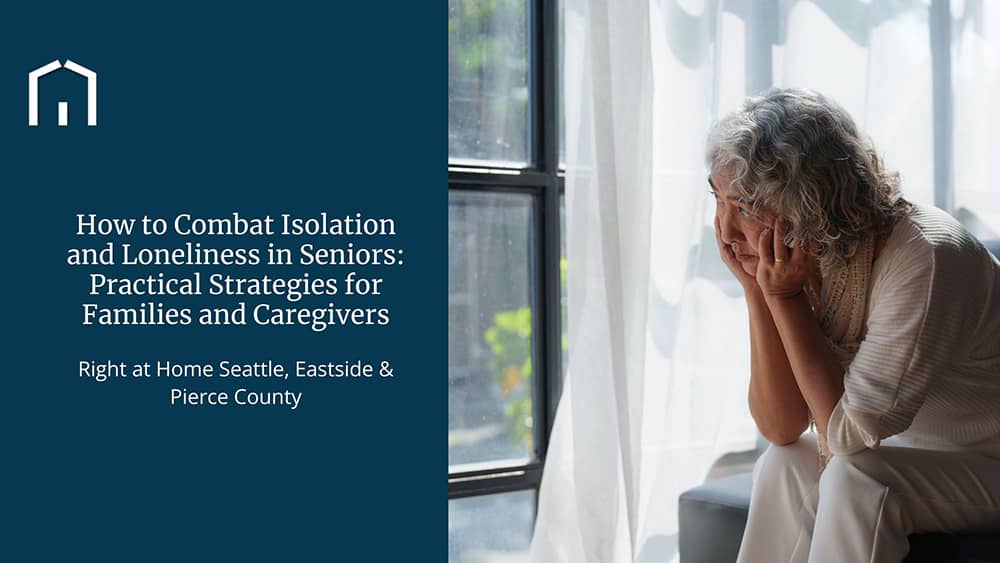

The Role Of The Family In Supporting In-Home Care
When it comes to in-home care, family involvement is crucial to ensuring positive outcomes for both the client and the caregiver. Family dynamics play a significant role in shaping the caregiving process, influencing not only the quality of care but also the emotional well-being of everyone involved. Family members often provide invaluable insights into the client’s preferences, history, and needs, making their participation essential in the development of a successful care plan.
Understanding Family Dynamics in Care
Every family has its unique dynamics, and these dynamics can impact the way care is provided. For instance, family members might have different opinions on how care should be delivered, what level of involvement is appropriate, and how much responsibility should fall on the caregiver. These differences need to be considered when creating a care plan, as conflicts or misunderstandings about roles can affect the caregiving experience.
In-home care providers need to collaborate with family members to establish clear lines of communication. It's important for caregivers to recognize that family members may have emotional connections and deep concerns about the well-being of their loved one, which can sometimes lead to expectations that don't align with the caregiving process. A care plan should be flexible enough to accommodate these concerns while maintaining professional boundaries to ensure effective care.
In-home care providers need to collaborate with family members to establish clear lines of communication. It's important for caregivers to recognize that family members may have emotional connections and deep concerns about the well-being of their loved one, which can sometimes lead to expectations that don't align with the caregiving process. A care plan should be flexible enough to accommodate these concerns while maintaining professional boundaries to ensure effective care.
Involving the Family in the Care Plan
A comprehensive care plan should be a partnership between the caregiver, the client, and their family. Family members provide valuable information that can guide decisions about daily routines, preferences, and other needs that might not be immediately apparent. For example, if a client has specific preferences for meals or dislikes certain activities, family members can offer these insights to ensure a more personalized approach.
Key areas to address in the care plan include:
Communication Style: Family members can inform caregivers about how the client prefers to communicate—whether they respond better to direct instructions, gentle reminders, or non-verbal cues. This understanding helps caregivers provide care in a way that feels more natural and comfortable for the client.
Consistency: Consistent routines are often crucial for clients, especially those with dementia or cognitive impairments. Family members can help caregivers maintain these routines by providing details about past schedules, preferences, and habits that should be incorporated into the daily care plan.
Physical and Emotional Support: Family dynamics often include knowledge about the client’s emotional triggers, past experiences, and relationships with other family members. This can be crucial for caregivers to navigate moments of agitation or stress and tailor care accordingly.
Consistency: Consistent routines are often crucial for clients, especially those with dementia or cognitive impairments. Family members can help caregivers maintain these routines by providing details about past schedules, preferences, and habits that should be incorporated into the daily care plan.
Physical and Emotional Support: Family dynamics often include knowledge about the client’s emotional triggers, past experiences, and relationships with other family members. This can be crucial for caregivers to navigate moments of agitation or stress and tailor care accordingly.
Respite Care and Family Involvement
Respite care is an important service that allows primary caregivers to take a break, ensuring they can recharge and maintain their well-being. However, respite care requires family involvement for a smooth transition. Family members must ensure that caregivers are fully briefed on the client’s needs before the respite period begins. They also need to be available to support the caregiver during this time, especially if any emergencies arise or if the client has specific needs that require additional attention.
For families, understanding that respite care isn’t about “abandoning” the loved one but rather providing the primary caregiver with a necessary break is key. It ensures that both the client and the caregiver continue to receive the best possible care in the long term.
For families, understanding that respite care isn’t about “abandoning” the loved one but rather providing the primary caregiver with a necessary break is key. It ensures that both the client and the caregiver continue to receive the best possible care in the long term.
Ways Family Can Support Caregivers
Family members can also play a supportive role in assisting caregivers, helping to ease some of the burdens they face:
Regular Check-ins: Frequent communication with the caregiver allows families to stay informed about the client’s progress, any challenges that may arise, and any adjustments needed in the care plan.
Providing Practical Assistance: Family members can step in to help with errands, meal preparation, or transportation, allowing caregivers to focus on the client’s health and emotional needs.
Emotional Support: Caregiving can be emotionally and physically taxing. Offering emotional support to the caregiver—whether through a listening ear, offering encouragement, or helping with stress management—ensures that caregivers don’t feel isolated or overwhelmed.
Regular Check-ins: Frequent communication with the caregiver allows families to stay informed about the client’s progress, any challenges that may arise, and any adjustments needed in the care plan.
Providing Practical Assistance: Family members can step in to help with errands, meal preparation, or transportation, allowing caregivers to focus on the client’s health and emotional needs.
Emotional Support: Caregiving can be emotionally and physically taxing. Offering emotional support to the caregiver—whether through a listening ear, offering encouragement, or helping with stress management—ensures that caregivers don’t feel isolated or overwhelmed.
Conclusion
In-home care is a collaborative effort between caregivers, clients, and their families. The input and support from family members ensure that caregivers can provide the highest quality of care while maintaining their own well-being. By addressing family dynamics, clear communication, and ensuring that all parties are on the same page, better care outcomes can be achieved for seniors. When families actively engage with the caregiving process, everyone benefits from a more holistic approach to care that honors the client’s needs and promotes the caregiver's success.







